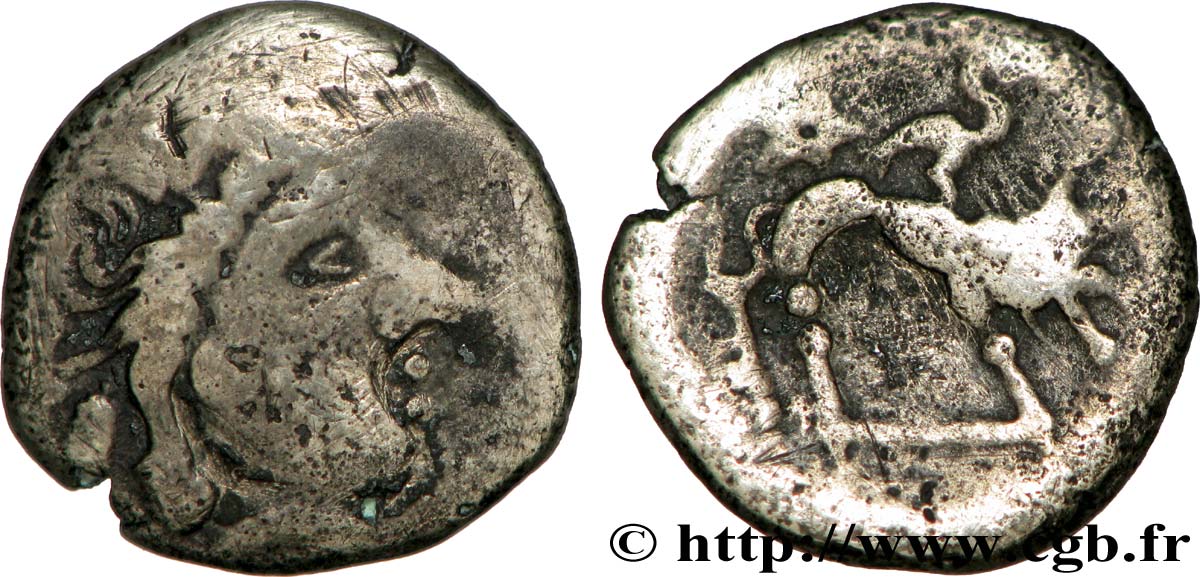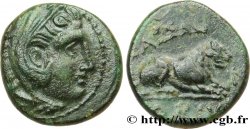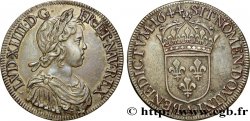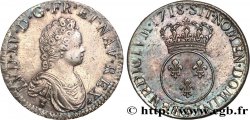Live auction - bga_350811 - HOARD OF BRIDIERS (CREUSE) Drachme au lion et à l’échassier
You must signin and be an approved bidder to bid, LOGIN TO BID. Accounts are subject to approval and the approval process takes place within 48 hours. Do not wait until the day a sale closes to register. Clicking on "BID" constitutes acceptance of the terms of use of cgb.fr private live auctions.
Bids must be placed in whole Euro amounts only. The sale will start closing at the time stated on the item description; any bids received at the site after the closing time will not be executed. Transmission times may vary and bids could be rejected if you wait until the last second. For further information check the Live auction FAQ
All winning bids are subject to a 18% buyer’s fee.
All winning bids are subject to a 18% buyer’s fee.
| Estimate : | 800 € |
| Price : | no bid |
| Maximum bid : | no bid |
| End of the sale : | 01 March 2016 15:18:17 |
Type : Drachme au lion et à l’échassier
Date: IIIe - IIe siècles avant J.-C.
Metal : silver
Diameter : 16,5 mm
Orientation dies : 6 h.
Weight : 2,95 g.
Rarity : R3
Coments on the condition:
Très intéressante monnaie parfaitement identifiable avec tous les détails caractéristiques visibles. Patine grise de collection ancienne
Catalogue references :
Predigree :
Cet exemplaire provient d’une vieille collection dispersée par VINCHON à Drouot
Obverse
Obverse legend : ANÉPIGRAPHE.
Obverse description : Tête d’Apollon laurée à droite.
Reverse
Reverse legend : ANÉPIGRAPHE.
Reverse description : Animal hybride dérivé du lion des drachmes de Marseille ; un échassier à droite, posé sur son dos, avec une étoile au-dessus de la queue du lion.
Commentary
Ce type précis est très rare ; un exemplaire inédit a été publié par A. Deroc dans le C.N. pages 252-255 en 1979. Ce type a curieusement été oublié dans le Tome III du Nouvel Atlas, qui ne reprend qu’une autre variété inédite (DT. 3307B) proche de cette monnaie mais avec un cercle inscrit dans un quadrilatère derrière l’échassier. Le Tome IV reprend une monnaie oubliée de cette série, pourtant illustrée dans le LA TOUR (BN. 2253), avec une tête à gauche et un annelet pointé au-dessus du lion.
Notre type de drachme manque donc toujours au Nouvel Atlas.
Après l’exemplaire publié par A. Deroc, le magnifique exemplaire n° 222 de la vente BURGAN du 26 juin 2004 et le n° 1560 de MONNAIES 41, cette monnaie semble être la quatrième connue pour ce type à l’échassier et à l’étoile.
Notre type de drachme manque donc toujours au Nouvel Atlas.
Après l’exemplaire publié par A. Deroc, le magnifique exemplaire n° 222 de la vente BURGAN du 26 juin 2004 et le n° 1560 de MONNAIES 41, cette monnaie semble être la quatrième connue pour ce type à l’échassier et à l’étoile.








 Report a mistake
Report a mistake Print the page
Print the page Share my selection
Share my selection Ask a question
Ask a question Consign / sell
Consign / sell










